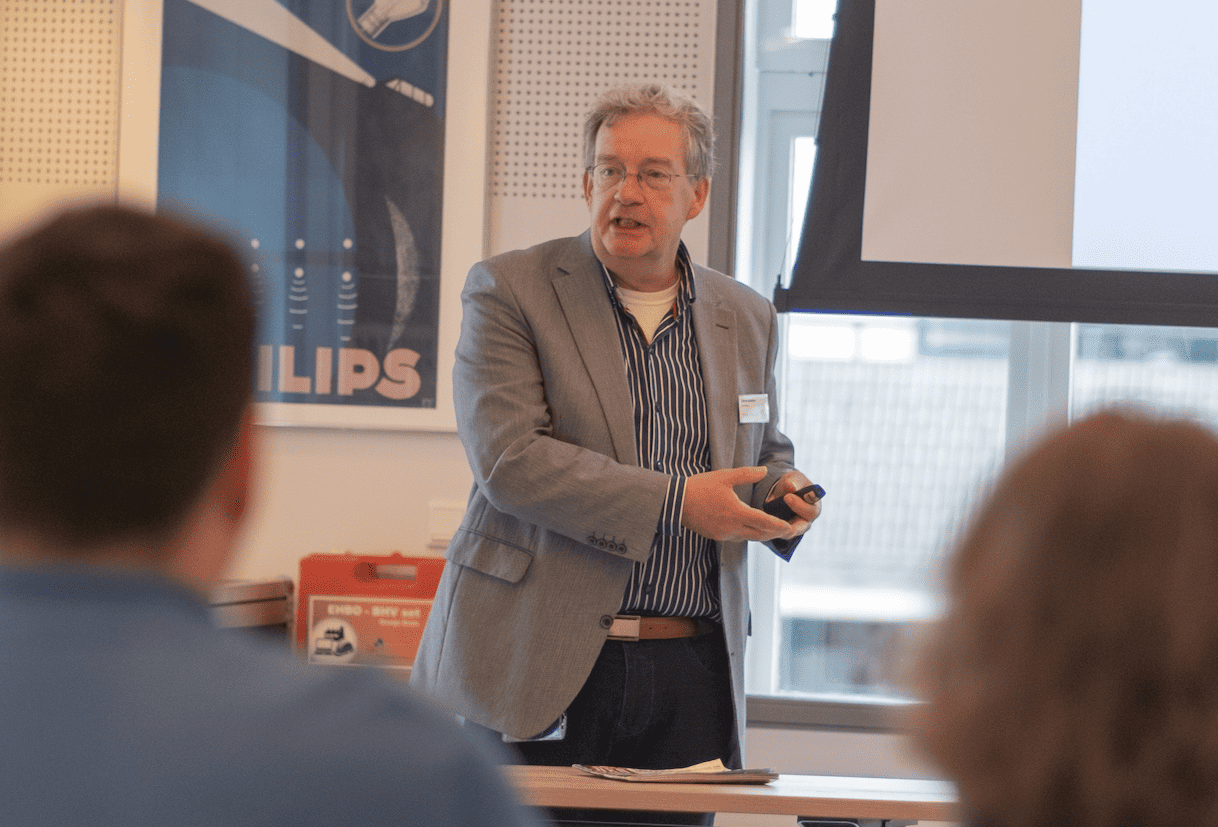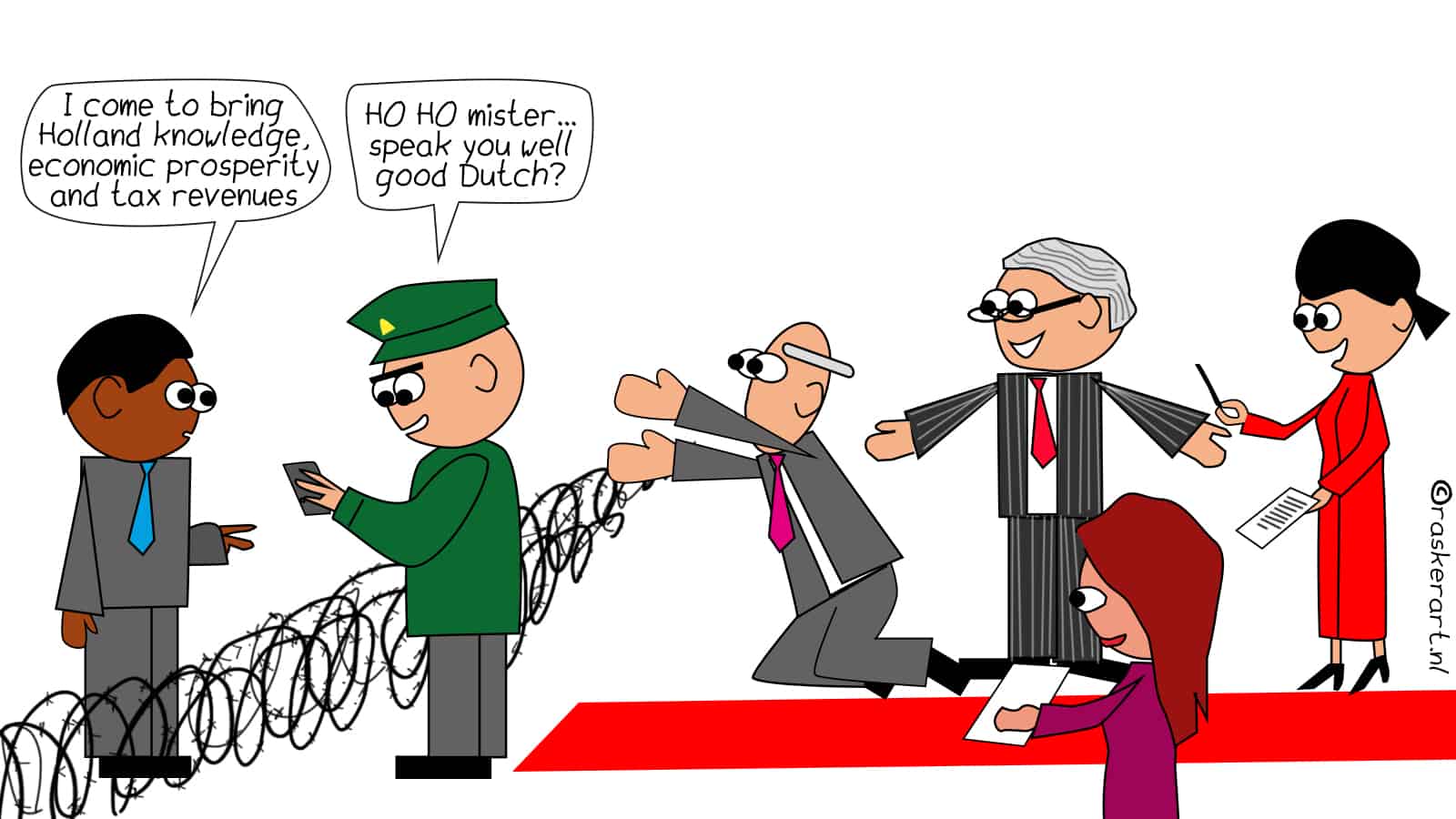
Eindhoven wants to become a smart society. But how does that work? What’s going on in a society like that? Are there any good examples to learn from? DataStudio Eindhoven explores the transition a city has to go through to actually become such a smart society. Each week, we present a new contribution on E52. This week: Algorithms and business activity. Read all the articles here.
The municipality of Eindhoven and Shintō Labs have developed a data application that can track activity of companies which could possibly ask for an environmental control. The development is part of the ambition of the municipality of Eindhoven to become a smart society.
Through licensing, supervising and – if necessary – taking enforcement action the municipality keeps track of companies. But despite a well-organised process, it may happen that there are companies that are not on the retina of the inspectors of the municipality. For example, because companies, with or without intent, didn’t request environmental licenses or don’t report at all to the municipality. Companies that have been unknown formerly, are popping up through the new system. “Those companies could already be known elsewhere, even within the municipality, for example through the basic administration system or the sector of Economic Affairs, but not all regulators have access to these files,” a spokesperson for Eindhoven says. “By linking data a more complete picture arrises.”
Eindhoven wanted to examine whether it was possible to identify these companies by smarter use of data. For this, the help of Shintō Labs was sought. Together with them, the municipality developed a prototype in five days, which showed that it is possible to detect companies by making use of internal and external data sources. With this prototype the final solution was achieved in two months.
“This way we have direct insight, and checks on companies can be scheduled immediately,” the spokesperson says. “Formerly people had to walk the streets to go and check where the companies were located. Now these kinds of time-intensive checks are required less because we already have and use better data to begin with.”
The application combines multiple data sources and determines, based on the algorithms, not only where the companies are located, but also whether or not risks might entail. The system presents these companies on a map, ranking them based on the level of risk. This “risk factor” is determined by an algorithm. Through this, the municipality can decide to have these companies visited by supervisors to determine whether there is a violation.
The more data the application will analyse, the smarter the system will get. Also, the supervisors’ feedback ensures a better determination of the “risk factor”. The municipality ultimately wants to link more data sources to the system and also invites other municipalities and environment services to use it.








